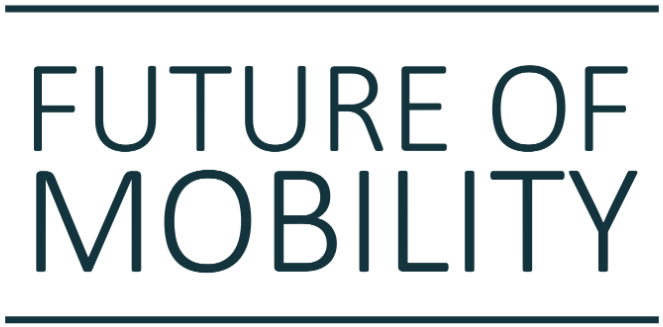Note from the author of MobilityNotes –
The following is a guest article from Brandon Bartneck, a friend and champion of MobilityNotes. Brandon is the founder and host of the “Future of Mobility” podcast, which is focused on the push for safer, more sustainable, more effective, and more accessible transportation, including both technology development and implementation. He invites and interviews subject matter experts on a range of technologies including autonomous vehicles / automated driving systems (ADS), electric vehicles, hydrogen and fuel cells, improved internal combustion engines, assisted driving (ADAS), EV charging, public transportation, ridesharing, micromobility, and more.
Be sure to check out the podcast, which now has over 200 interviews. A must-listen for anyone interested in, well, the future of mobility.
Here are some episodes which especially resonate with this article –
- #214 – Martin Cardell – EY | Driving Innovation in Products, Business Models, and Customer Understanding
- #202 – Laura Fox | Streetlife Ventures – Improving Urban Life and Mobility
- #199 – Timothy Papandreou | ETA – The Purpose of Mobility, Systems Thinking & Reimagining Transportation
- #197 – Olaf Sakkers | RedBlue Capital – Why our Transportation System is Broken and How to Disrupt It
- #170 – Larry Burns | Accessibility, Mass, Speed & The Keys to a Safer Future
How do we make mobility better?
By Brandon Bartneck
I’ve spent the past four years chasing down the answer to the following question…
How do we make mobility better?
It’s meaningful. Probably the most impactful challenge that I’ve tried to help solve. But it’s far from straightforward.
Before we can answer that question, we need to clarify it – what does “mobility” actually mean?
Defining Mobility
This is a deceptively tough topic. When I started my podcast, I called it Future of Mobility because I thought that mobility was the best term to capture what I cared about.
If you asked me back then, I would have highlighted something about the movement of goods and people. I knew I didn’t want to limit myself to a certain segment or technology, but the idea was a bit cloudy.
I had hoped that the phrase would catch on and clear things up over time, but it hasn’t. If anything, the idea of mobility is more confusing now than ever.
So, I’ve been on a quest to define that term for myself. I’ve talked with several guests about this over the past few months, and I’ve slowly unpacked the idea.
I now believe that mobility actually refers to accessibility. It’s the ability to access the people and places that help us live a meaningful and fulfilling life. There’s more to it, but that idea has stuck in my head. It comes from a series of conversations with Larry Burns, including this one.
We typically rely on our ability to move through space as a means to achieve another objective. We move to gain access to a specific place and/or thing, at a specific time. Mobility isn’t about cars and buses. It’s about the outcome that we seek. It’s about access.
There’s more to it than that, but the idea makes sense to me. Yet, it’s abstract.
So I often use a proxy instead. I’m confident that this isn’t perfect but, if you ask me, I’d likely say that I focus on the following question:
How can we improve the movement of goods and people, making transportation more effective and accessible, while also becoming safer and more sustainable.
We’re talking about movement of goods and people, in a way that produces meaningful, positive outcomes, without negatively impacting others – either today or in the future.
We aren’t talking about making cars faster, or more automated, or more connected. Again, it’s about outcomes.
So lets work to improve those outcomes.
Making Mobility Better
Now we have a definition, and we have a problem we’re trying to solve. Where do we go from here?
We need to do two things:
- Develop better technology
- Deploy that technology to make a meaningful, positive impact
That’s it.
We need better tools. And we need to use those tools.
We don’t win unless we do both.
We certainly need to continue to innovate. But the most sustainable vehicle in the world is useless if it never leaves the garage. Or worse, if it is never built.
We need to develop the tech. Then we need to deploy it.
Here’s a simple graphic to break this down
It’s overly simplistic (there’s a lot of heavy lifting being done by a few simple boxes on the left side), but I think it’s largely correct. We need to make advances in each of these areas if we’re going to improve our mobility landscape.
This requires a wide range of improved tools, a wide range of companies successfully building these tools, and a support ecosystem that makes it all work.
Remove one of the green boxes, and we likely fail.
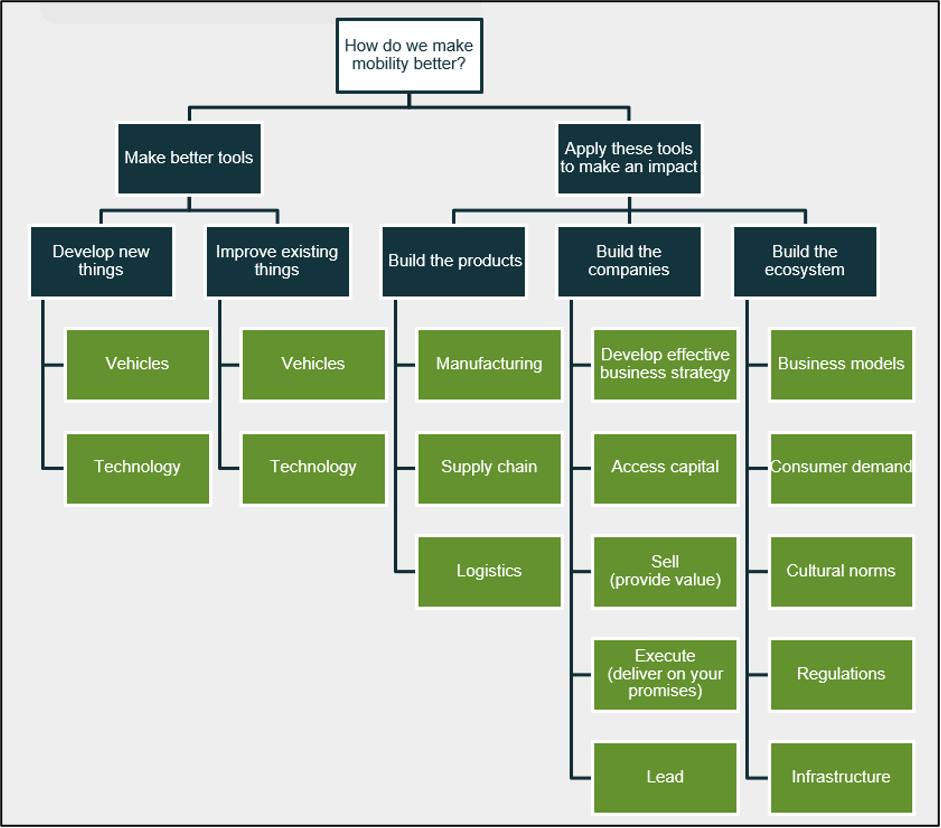
So…what do you think?
I’m sharing this framework here because I think it’s an important part of this conversation. We need to accurately define this problem if we’re going to collectively work together to improve transportation.
But that’s not the only reason why I’m sharing. I’m also sharing with the hopes that this inspires a conversation, and some pushback.
This framework is a working theory. I’m in the heart of this work every day – both through my podcast and my day job at Edison Manufacturing and Engineering – and this generally feels right to me. But I’m certain that this isn’t the only way to break this down, and it might not even be the best way.
I want to know where this makes sense, and where it doesn’t. How can I improve this, to assure that my efforts and my communication is as effective as possible?
If you have thoughts to share, or if you think I’m missing something, please shoot me a note. LinkedIn is the best place to find me.
If you want to learn more about this idea, please check out the latest episode of the Future of Mobility podcast. It’s centered around this exact topic.
Sign up here to receive the MobilityNotes monthly newsletter highlighting the latest developments in transport decarbonization
5-Min Monthly
Sign-up to receive newsletter via email
Thank you!
You have successfully joined our subscriber list.
Recent Posts
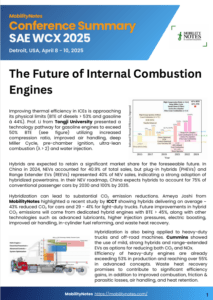
Conference Summary – SAE WCX 2025
![]()
A summary of the “SAE WCX 2025” conference held in Detroit.
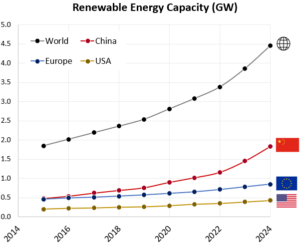
IRENA Renewable Energy Capacity Statistics 2025
![]()
According to the latest report from IRENA, 2024 saw the largest increase in renewable capacity, accounting for 92.5% of overall power additions.
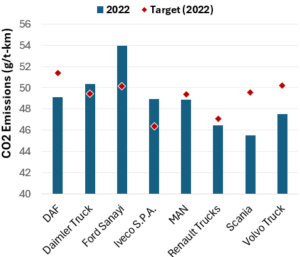
CO2 Emissions Performance of Heavy-Duty Vehicles in Europe – 2022 Results
![]()
The European Commission has published the official 2022 CO2 emission results for heavy-duty vehicles. Many OEMs are ahead of the targets and have gained credits, while others have their work cut out as we approach the 2025 target.

